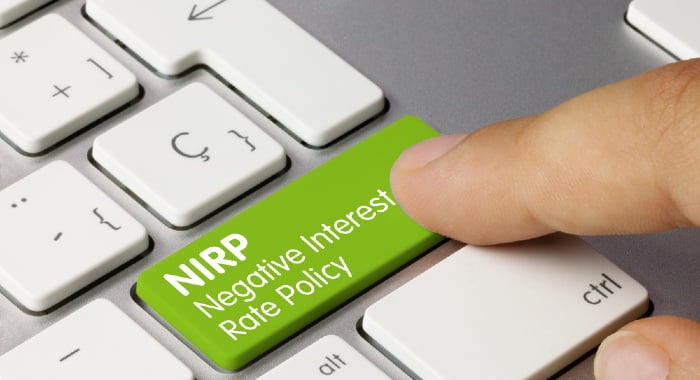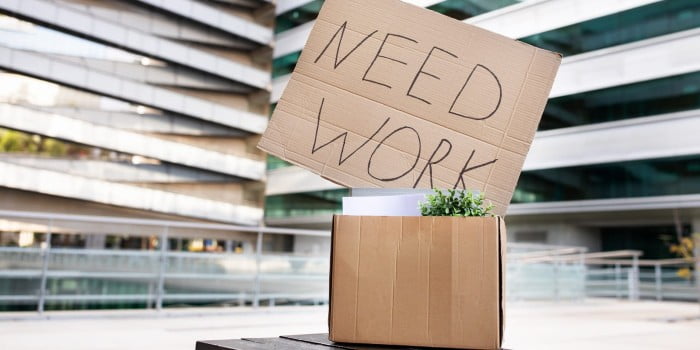A policymaker at the Bank of England has upheld the possible use of negative interest rates, which could lower the cost of borrowing to below zero.
As countries are forced to use extreme measures to keep their economies afloat in the midst of the coronavirus pandemic, the Bank of England has signalled that it may cut the cost of borrowing to below zero. But what are negative interest rates and could penalising savers and rewarding borrowers cause more harm than good?
In an interview with the Sunday Telegraph, Silvana Tenreyro, external member of the Bank’s Monetary Policy Committee, said the evidence from other countries was ‘encouraging’. But on Tuesday, Andrew Bailey, the BoE Governor, downplayed the prospect of cutting rates to below zero, insisting it was just a matter of seeing whether it could do so if necessary.
The BoE’s main responsibility is to keep prices rising steadily every year. This is known as the inflation target and is currently set at 2pc by the Government. Inflation, nevertheless, as measured by the consumer prices index (CPI), actually fell from 1.5pc in March to 0.8pc in April.
Although this means the cost of living is rising more slowly, if inflation remains low for too long, businesses will take account of this when considering pay reviews, which will in turn damp down consumer confidence and spending.
Central banks have cut interest rates to stimulate inflation for years, but as rates approached zero across the developed world, some went further. In 2014, Sweden, Switzerland, Japan and the 19 nations of the eurozone all cut rates to below zero. In Switzerland, negative interest rates have put off investors from flooding the country with money during uncertain times.
What are negative interest rates?
So far, the Bank has reacted to the pandemic by cutting rates to a mere 0.1pc and ploughing billions of pounds into the UK economy.
Should interest rates turn negative, the BoE will charge for any deposits it holds on behalf of the retail banks. That, in theory, should encourage the banks to lend the money to businesses rather than leave it on deposit.
The term ‘interest rate’ is often used to mean the Bank of England base rate and is referred to as the ‘single most important interest rate in the UK’. The rate fixes the amount of interest the Bank pays to financial institutions that deposit money with it and, conversely, what it charges them to borrow.
High street banks also use the interest rate to decide what to charge customers who take out a loan or mortgage, and how much interest to pay savers. The BoE typically lowers interest rates when it wants consumers to spend more and save less. Theoretically, cutting interest rates to below zero should have a similar effect. But it’s not as simple as that in practice.
For instance, why would anyone pay to keep money in a savings account or lend someone money, when they can they can stash the cash at home for free? David Oxley of Capital Economics believes there hasn’t been a greater move towards cash because most people still prefer the security and convenience of keeping it in the bank.
Recovery could be ‘interrupted’
While Ms Tenreyro said that banks in most countries had adapted well and their profitability had increased following the introduction of negative rates, Mr Bailey adopted a more cautious approach to cutting rates below zero anytime soon, describing the experience of other countries as more nuanced.
He believes it would be a grave error to state the Bank has a tool in the kit which isn’t fully operational. Although the tool is in the kit, it doesn’t mean negative rates will be introduced. He also urged caution over the ‘hard roads ahead’, as the number of Covid-19 infections increases.
The latest news, he said, is that the UK is facing a faster, more severe return of coronavirus which strengthens the risks in the Bank’s forecasts.
In August, the Bank said it was examining in greater detail the case for cutting interest rates even further. This month, the Bank said it would scrutinize closely how negative rates might work in practice during the last three months of the year.
Ms Tenreyro suggested that the possibility of more local lockdowns could slow down or ‘interrupt’ the UK’s economic recovery, indicating it will be an ‘incomplete V-shape’ unlike other more optimistic forecasts.
Mr Bailey added that the BoE would do everything in its power to support the people and businesses of the UK.






